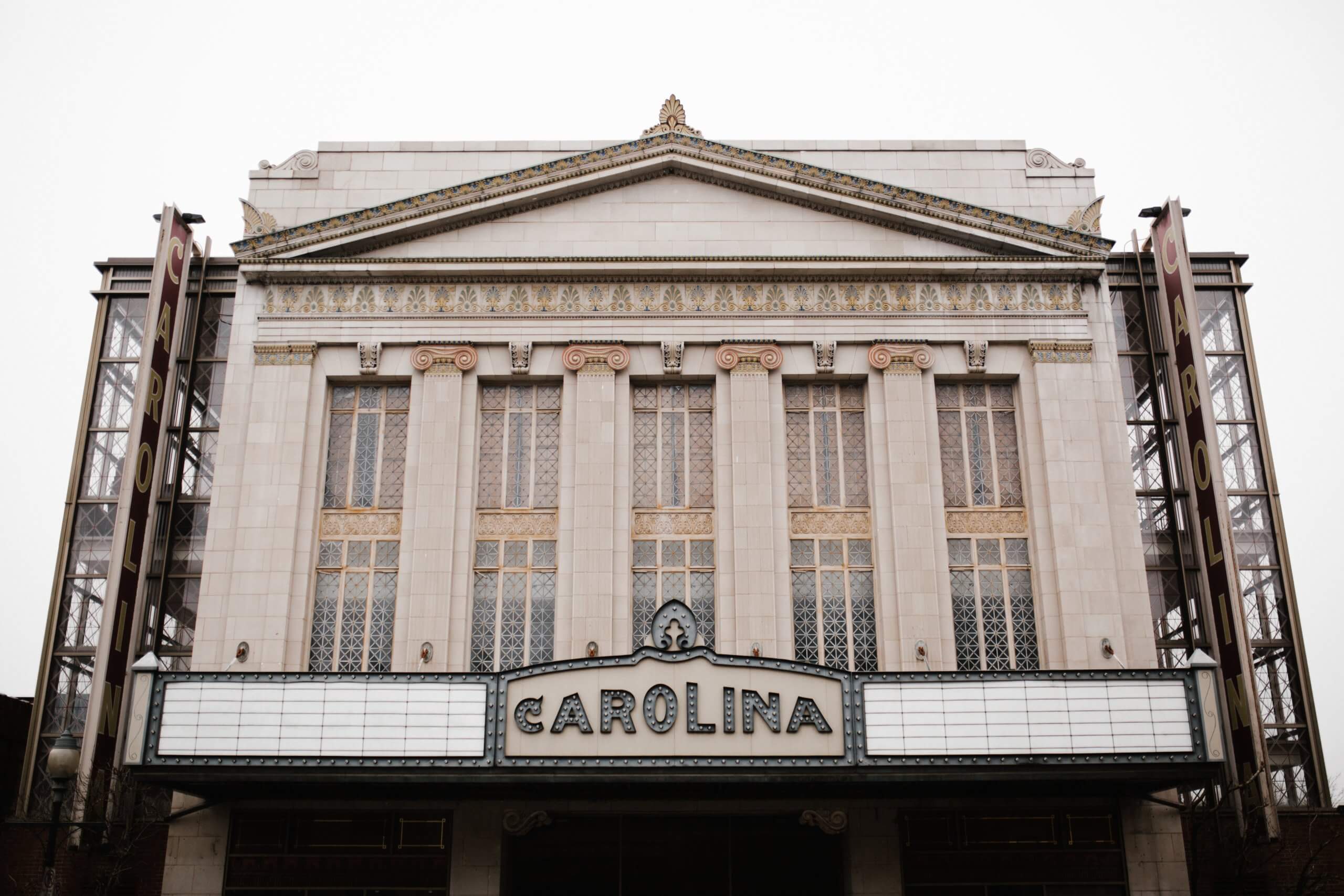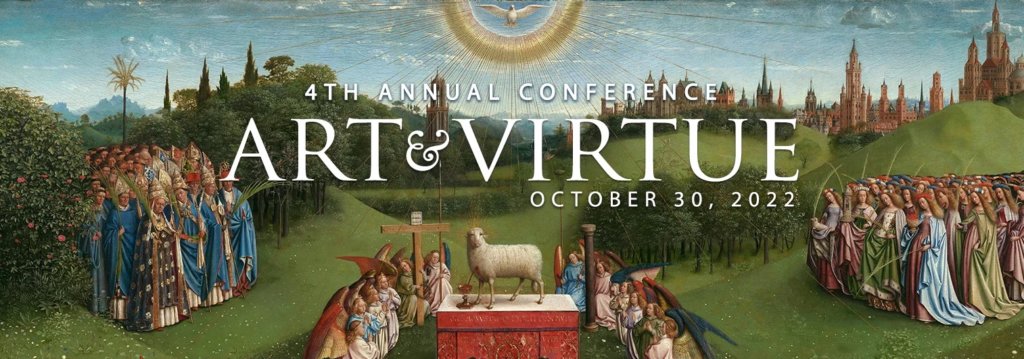In reviewing Frank LaRocca’s Mass of the Americas release through Capella records on September 20th, I mentioned that in times and places of great sin and strife, great beauty is possible. That particular pursuit of great beauty was released on September 23rd, and yesterday we learned that Frank LaRocca’s Mass of the Ages debuted at #1 on the classical billboard charts, just above the world’s most performed living composer, John Williams of Star Wars fame. It is a stunning success which will certainly earn the album Grammy award consideration. And just to make the success even sweeter, just a few spots down is a recording of chant music by the Monks of Clear Creek: Rorate Coeli: Marian Sounds of Advent.
And if you furthermore want to feel like you are suddenly living in an alternate universe, the film Mother Teresa: No Greater Love – the Knights of Columbus biopic scored by our valued Catholic composer colleague, Sean Beeson – was the #2 most viewed film in theaters in America on October 5th. And that little film about the Latin Mass – Mass of the Ages – is now filming their third installment on the heels of millions of views and a national theater tour.
So many other successes are flying just under the radar: Catholic composer James MacMillan’s new violin concerto is being premiered and toured by the phenom Nicola Benedetti, while Sir MacMillan joins the Orthodox Arvo Pärt in remaining two of the most performed living composers alive, losing out only to the American film composer John Williams. (MacMillan will travel to the USA to speak at the Catholic Art Institute National Conference in Chicago; tickets are still available).
That these luminaries have survived cancel culture is itself a witness to the fact that cancel culture does not hold absolute power, and that the thirst for beauty still exceeds the fury of this paper dragon.
It’s almost as if God is trying to tell us something.
Indeed, it seems that even in these times of rampant confusion, it is possible to create an effective and commercially successful counter-culture after all. And yes, quite ironically, the number one song on the global Billboard charts is a song called “Unholy,” which clearly appropriates choral sacred music sound to speak of an adulterous affair. It’s almost a tailor-made mockery to stand in opposition to the success of sacred music being celebrated above, and it is likely no coincidence that this is the case.
But no matter, because popular music should not be our concern, as it is no longer our domain to be supported or pursued in any way. It has become a demonically-infested mafia-like industry willing to stoop to whatever low it takes to create that next stream of revenue, a shameless conglomerate whose purveyors are not as guilty as the business executives who enable these culture-rotting releases. Long gone are the days, for instance, when the President of NBC Radio waxed poetic about his responsibility to the building and maintenance of culture: today’s music execs are the moral equivalent of drug dealers and pimps.
And if you dream of one day having a pop culture worth consuming, you have to come first to some difficult realizations. The first is that this downward trajectory began with the general loosening of standards of quality in the 1950s, so the rot has been long in growing. And second, that no culture can grow an authentic popular culture if its folk and high cultures are first not sound. You must begin at the roots to grow the tree, and this is a great calling which will take decades to accomplish.
Potential Models for Building
an Authentic Counter-Culture
We may sigh at the good-natured and the heart-warming films and popular songs of the 1940s and 50s, but that time is long gone. Indeed, there is something naïve in lionizing the appearance and feeling of the 1950s, because this was precisely the time that – despite a supposedly warmer and saner popular realm – that the culture itself was being lost. The children growing up in that society would become the Woodstock generation, and it is therefore the time that the greatest generation lost the Faith for us all, even before the liturgy was dismantled.
This should demonstrate to us that despite the great power of culture, it is no substitute for what happens in the home. A village cannot raise a sane child: only a good family can. Therefore if there is a proper first step in rebuilding any culture, or at least setting up an effective counter-culture, it is to begin with our own homes, and only later branch out into local community building. Don’t just turn off the television set in your homes, but – as to avoid realizing the “well swept house” scenario – replace this cultural void with a positive culture.
Are your children taking music lessons? Have you attempted to create a house concert, or theatrical reading, or literary club? Is the music playing in the background of your home of sufficiently high quality as to have a real formative aspect? Are you listening to Classical music, folk music, and the names which are now struggling to provide beauty for this world? This is where the groundwork of authentic culture is built.
This is also where the excesses of the arts are excised: children who grow up in healthy environments where beauty is a second language will become creators or supporters of authentic culture, and they’ll have far less patience for the silliness and moral decay which often dominate our artistic landscape. They won’t be taken in by the rot as easily, and they’ll desire and become purveyors of the alternative.
Building Outward
Radiating outward from the home, authentic culture is built in the schola you found at your parish, or that you at least support financially if you cannot yourself sing in it. It is built in that ambitious community choir or theater group, or in making sure that everyone from Catholic home-school co-ops to Catholic schools of all ages have effective music education and theater programs. It is built in the arts organizations which can and should be built around such efforts, as we see in examples such as the music program at St. John Cantius church in Chicago. We also look to Archbishop Cordileone’s Benedict XVI Institute, who from the heart of San Francisco has made LaRocca’s classical Billboard #1 possible, or the considerable recent work of the Catholic Art Institute.
And it is built on money. Those who work with Catholic Arts funding will tell you that it is almost impossible to raise money for the arts. Politics and political causes bring in many millions of dollars, yet it is astounding that the patrons of our time still haven’t realized the clear maxim that “politics happens downstream from culture.”
Perhaps it is easier and more gratifying to fund that which can make an immediate political impact. Yet if our ancestors thought this way, there would not be a single glorious cathedral standing today. What is necessary here, along with significant efforts of funding and patronage, is the patient long view: LaRocca’s album, or the K of C biopic, or any of the successes above mentioned all took great financial support. Art is not made in a financial vacuum, and artists who have spent a lifetime training to be doctors of the soul and experts in their disciplines deserve to be able to pay their bills as well. (It’s difficult to write the next film script or symphony or dance the ballet if you can’t afford to have a rotting tooth pulled. It’s far easier to do so if you and your children have financial security).
Therefore if you have the means the support authentic culture, you also likely have the spiritual responsibility to do so as well, especially given the nature of our fight at this moment. God has already provided our culture with a critical mass of composers, musicians, artists, architects, actors, film directors, and faithful Catholic creatives of all stripes, and he seems to (quite ironically) be centering much of this talent in North America, where the Latin Mass has its strongest following. The lack of patronage is the only thing keeping the first great American Renaissance from happening. Recent events here have shown us what is possible, and the only sane response is to continue in our efforts with whatever means we may possess.
Photo by Andrew Neel on Unsplash



